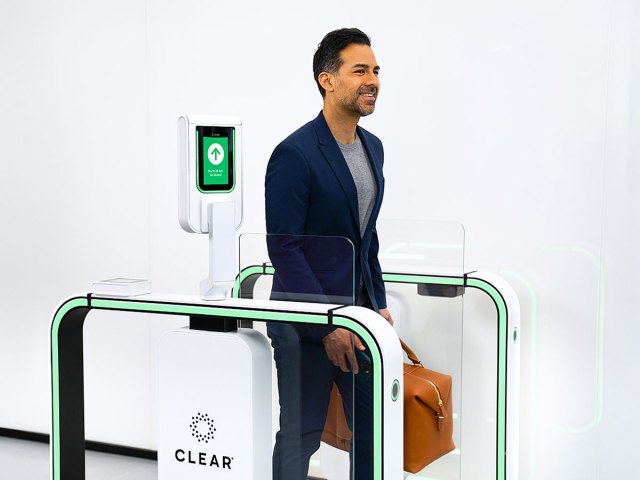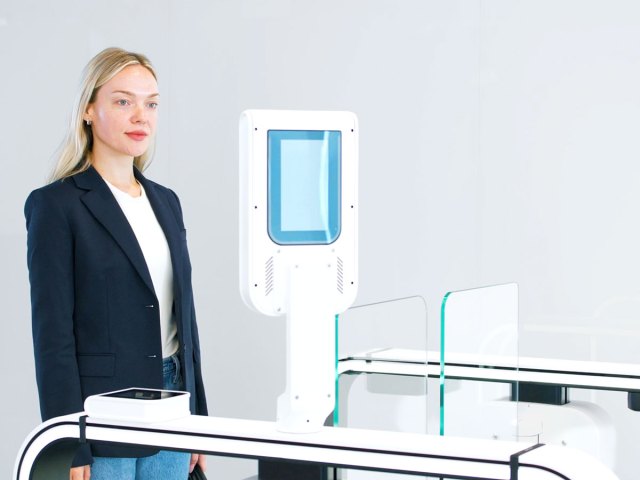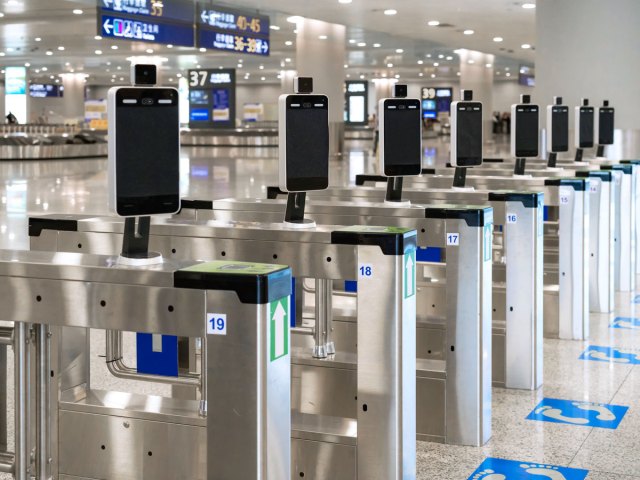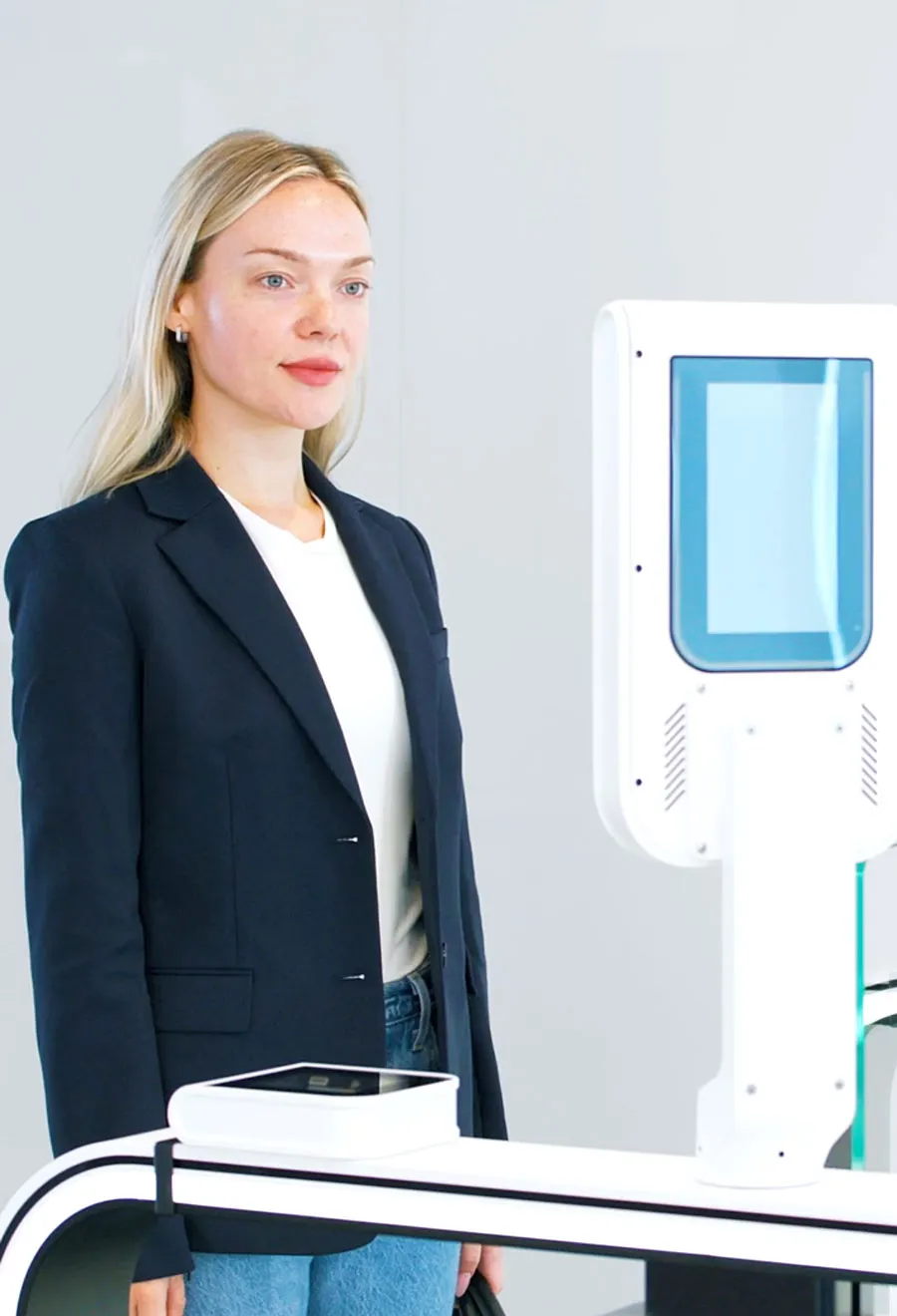As if America’s airports weren’t already crowded enough, an influx of travelers is expected in 2026 thanks to major international events such as the FIFA World Cup, as well as America’s 250th birthday celebration. In an effort to get ahead of the crowds and to streamline the airport security process in general, the Transportation Security Administration (TSA) has partnered with the identity verification technology company CLEAR to introduce new biometric “eGates,” and their rollout has already begun. Here’s where you can find them (so far) and what you should expect when encountering an eGate for the first time.
What Are eGates?

Electronic gates (eGates) are biometric security checkpoints designed to expedite the identity verification process. They eliminate the need for staff to physically inspect a person’s travel documents to make sure they match up against their ID, which can be a time-consuming step that leads to long lines and frustrated travelers. Instead of physically handing over their ID and boarding pass, travelers can walk right through eGates in mere seconds.
In an August 2025 press release, the TSA further explained that eGates “allow TSA to automatically compare traveler biometrics with their identity document and boarding pass without the need for a human operator, enhancing efficiency and security.” The technology is operated and managed by CLEAR, which is funding the integration of these eGates at no additional cost to taxpayers.
While the TSA plans to adopt the technology at other airport checkpoints in the future, eGates are currently available only as an opt-in feature for CLEAR+ members, who pay for access to quicker ID verification lines that are separate from standard TSA screening and TSA PreCheck lines. As of late 2025, the service currently costs individuals $209 annually.
Where Can You Use eGates?

According to the CLEAR website, eGates involve a simple three-step process. Once you’ve enrolled in CLEAR+, enter the dedicated lane and scan your boarding pass. Then, walk up to the eGate, which uses built-in cameras and scanners to verify that your face matches your travel documents. Once verified, the eGate will automatically open and you can proceed to the TSA X-ray bag screening.
As far as privacy concerns, CLEAR says that eGates transmit limited data. The technology simply compares a live photo to the ID you used when enrolling, along with your boarding pass and other basic identity information. CLEAR says it has no access to any sensitive info compiled by TSA (e.g., watchlists), and its employees cannot manually open the gates or override TSA decisions, a measure designed to ensure a thorough and safe screening process.
The statistics during this initial run of testing have been promising. In an interview with Axios, CLEAR CEO Caryn Seidman-Becker claimed that “the total transaction time should be between three and six seconds.” However, eGates have been deployed at only three major U.S. airports at the time of writing in September 2025: Hartsfield-Jackson Atlanta International Airport, Seattle-Tacoma International Airport, and Ronald Reagan National Airport in Washington, D.C. Seidman-Becker said that the “expectation is to roll this out nationwide” by around next summer in preparation for July’s World Cup.
The Expansion of Biometrics

The new eGates are just one example of a larger effort to expand the use of biometrics nationwide. The TSA currently deploys facial recognition technology at some 238 airports, with the goal of expanding this technology to more than 400 airports in the future. But that’s not all: In an interview with Fox News Digital, TSA Deputy Administrator Adam Stahl stated the eventual aim is to oversee a “fully frictionless process, one that’s fully automated, that’s tech-enabled, that is as seamless as possible.”
That means passengers can likely expect to see other airport security steps streamlined and automated in the future, such as bag screening. However, passengers who feel uncomfortable or have privacy concerns can currently opt out of biometric scans and request a standard physical security inspection instead.
Other Airport Security Changes

The deployment of eGates comes amid a flurry of changes by the TSA to make the screening process more efficient. In July, the Department of Homeland Security ended its long-standing policy requiring travelers to take off their shoes at TSA checkpoints. The agency also unveiled TSA PreCheck Touchless ID, which allows eligible travelers who have enrolled in TSA PreCheck to simply scan their face rather than present physical travel documents. Lastly, you may notice dedicated family screening lanes at select airports, which are designed to make the checkpoint process easier for those traveling with young children.
More from our network
Daily Passport is part of Inbox Studio, which publishes content that uplifts, informs, and inspires.
















